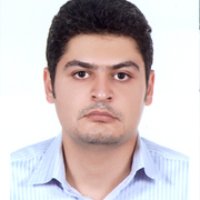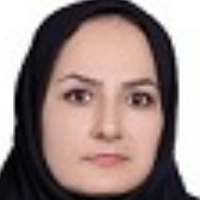Determining Optimized Depth of Wells in a Catchment Considering Climate Change and Water Resources Management (Case Study: Khash watershed)
Utilization of aqueducts and excavations is one of the most common methods of using groundwater.Every year, level of groundwater is lowered too much and its flow rate decreases. In the study area (Khash), the water deficit is negative and the annual water level decreases and it is considered as the main source of water supply in the region. By continuing the existing conditions, one of the solutions is well extension for water supply. In this research, the optimal depth of wells was determined from 2014 to 2044, so that there was no need for rehabilitation of wells until the target year.
To study the effect of climate change, rainfall data was generated by using the LARS-WG model under the MPEH5 model and A1B scenario. its ability Confirmed with to R2, 94/94 capability .Finally, eight scenarios were defined in the WEAP model and the conditions of region were simulated and the depth of optimum floor was calculated for three wells. The results showed that if the existing conditions continue until 2044, 54.88 percent of the water stored in the aquifer will be empty and the average level of groundwater Decreases 13.67 m
The best scenario is the S8 scenario, which in this scenario the largest reduction of water stored in the aquifer occurs in 2036 and it is 10.55% of the initial volume, and the average water level is 1.67 m horizontally.
S8 scenario has the least reduction in water stored in the aquifer. In this scenario, the water stored at the end of 2044 is 93.29%, during which time, 6.71% of the stored water will be reduced. The average discharge is constant but costs increase, so discharge has no effect on reducing or increasing costs. Therefore, only the depth of floor and head pumps are the only factors that will have a greater impact on cost changes.
-
A second order well-balanced and entropy consistent numerical scheme for one-dimensional shallow water equations
Majid Akbari, *
Journal of Hydraulics, -
An Evaluation and Critique of Research on the Issues Facing the Kashafrud River, Along with Proposing a Comprehensive Solution
Rezvan Salajegheh, Saeed Reza Khodshenas, Seyed Arman Hashemi Monfared, Kazem Esmaili *, Fereshteh Modaresi
Journal of Water and Sustainable Development, -
Evaluating the ability of random forest and M5P tree-based models in groundwater level estimating of Saravan plain using meteorological data
Siavash Sepahian *, Seyed Arman Hashemi Monfared, Abas Ali Qaderi
Iranian Journal of Irrigation & Drainage, -
Physical hydraulic modeling of gabion stepped weirs with upstream blockage
Sanaz Hasanian, *, Seyed Hossein Rajaei, Mahmood Shafai Bejestan
Journal of Hydraulics,



